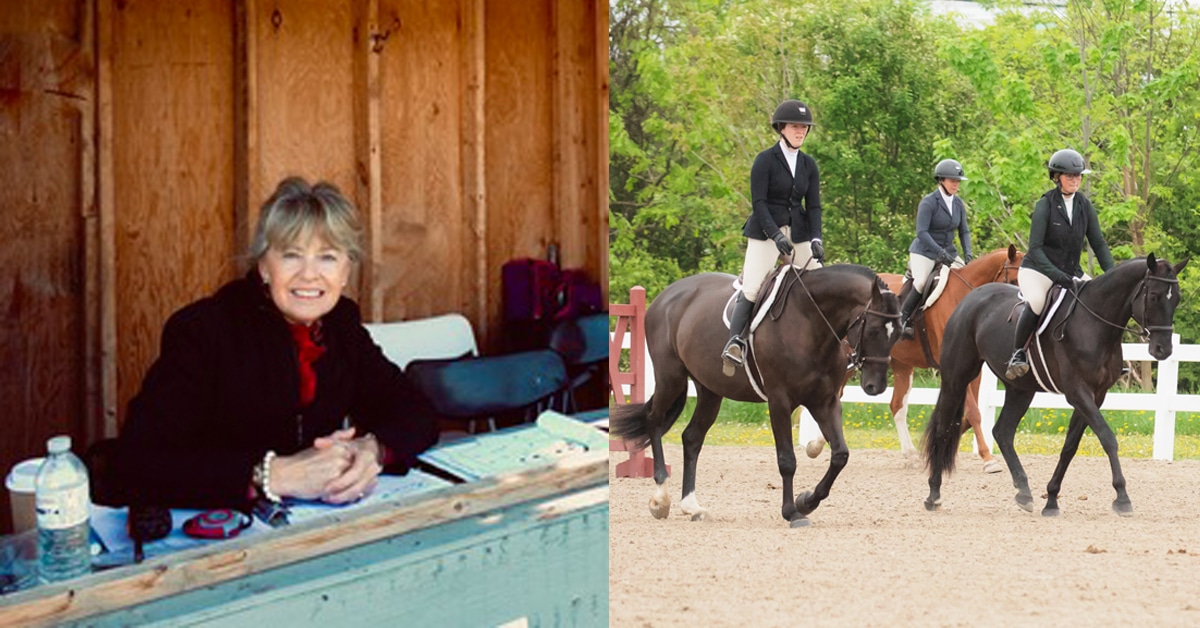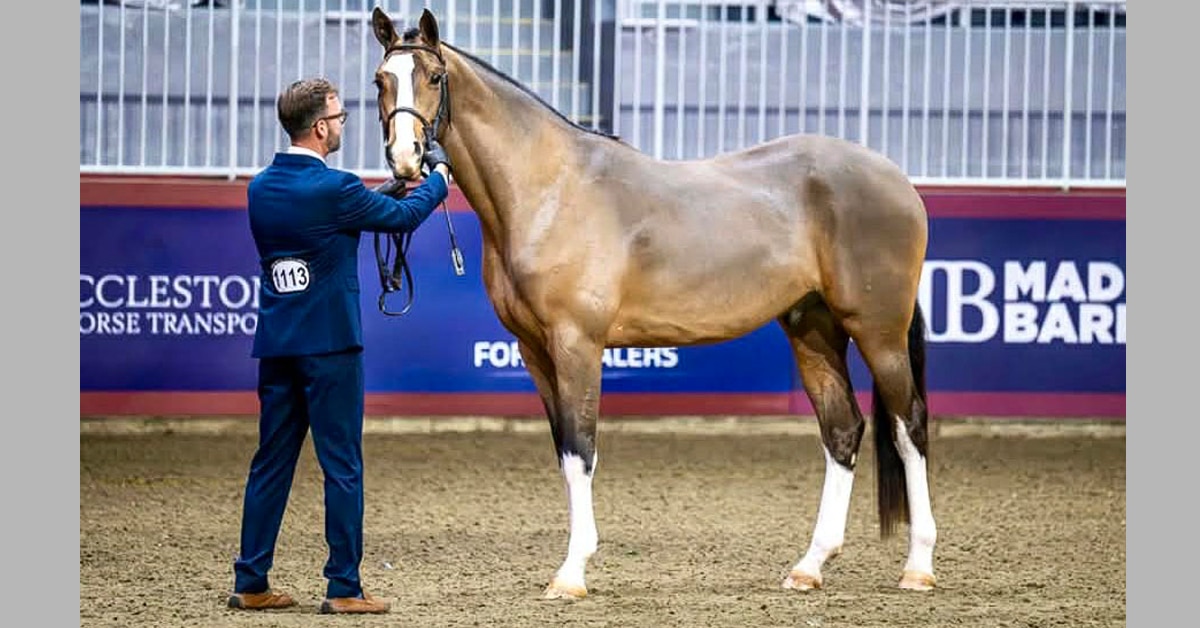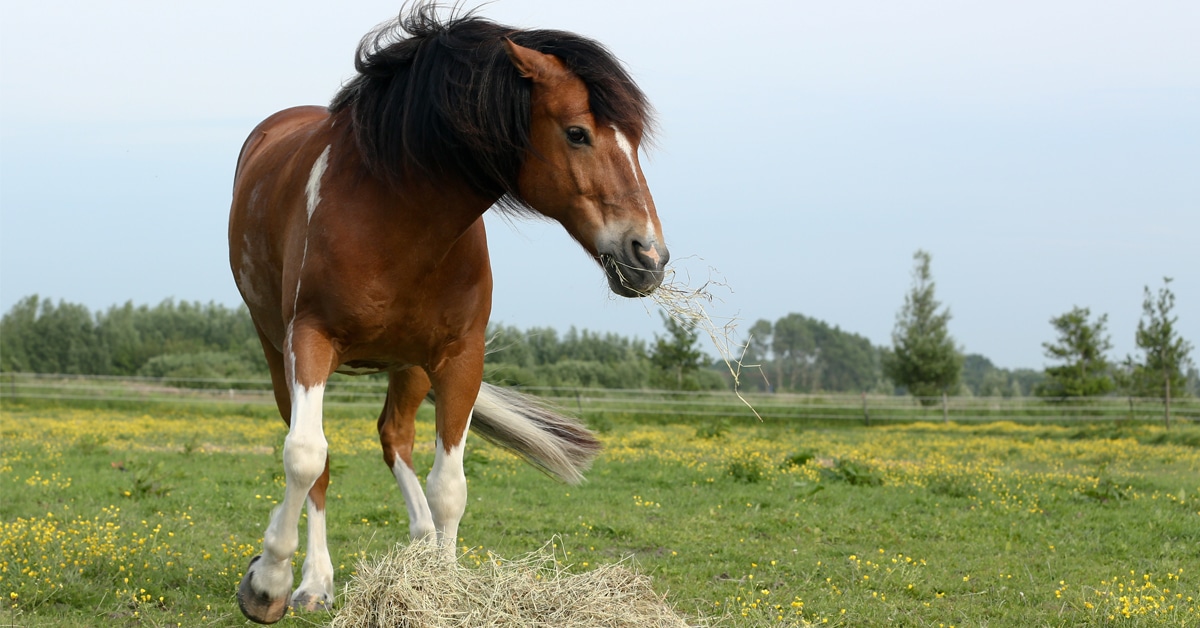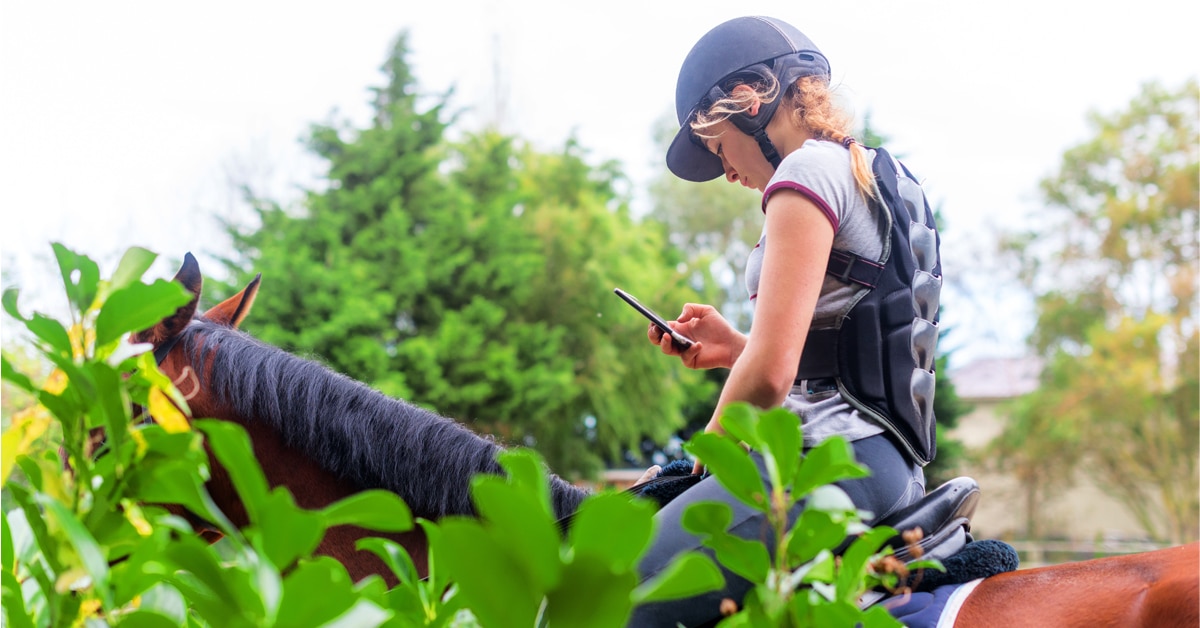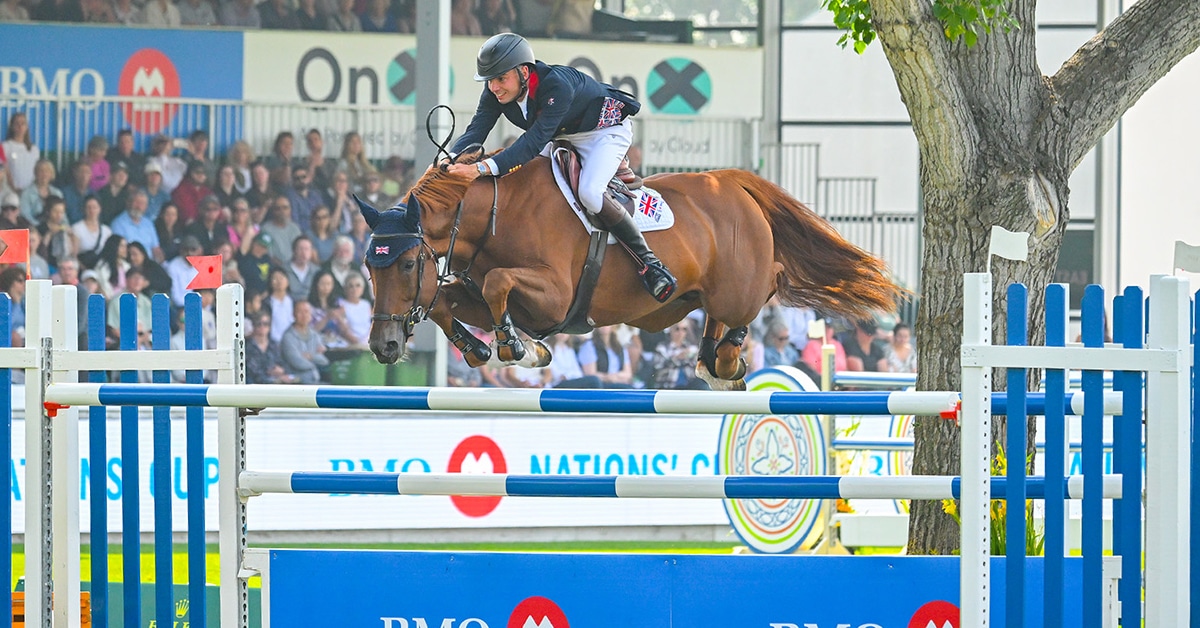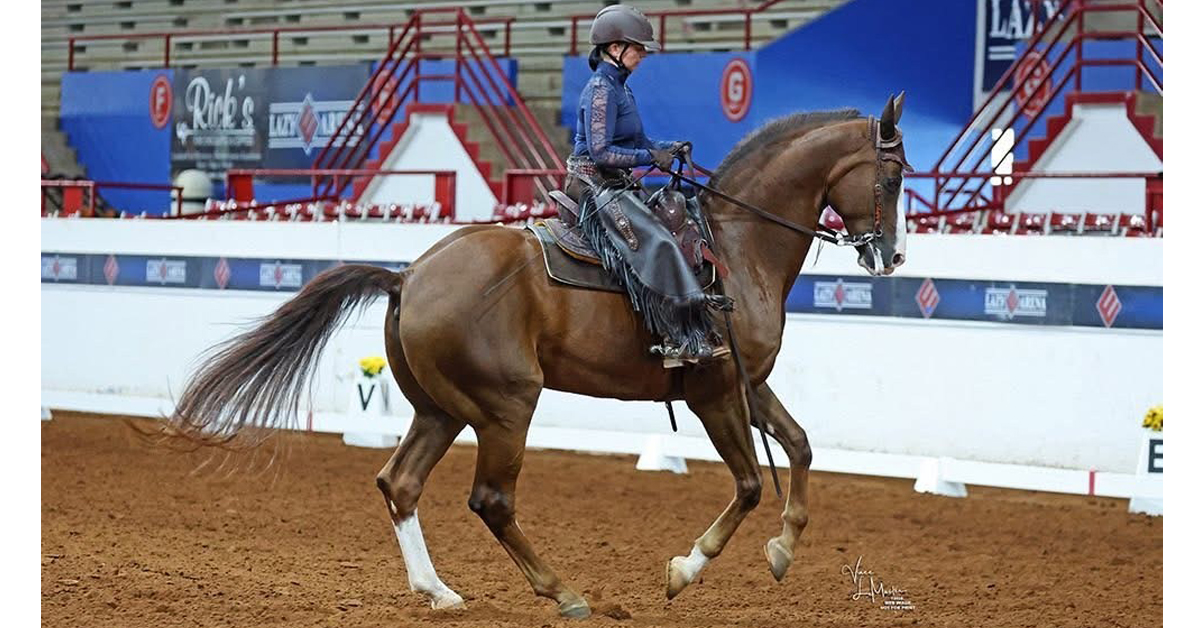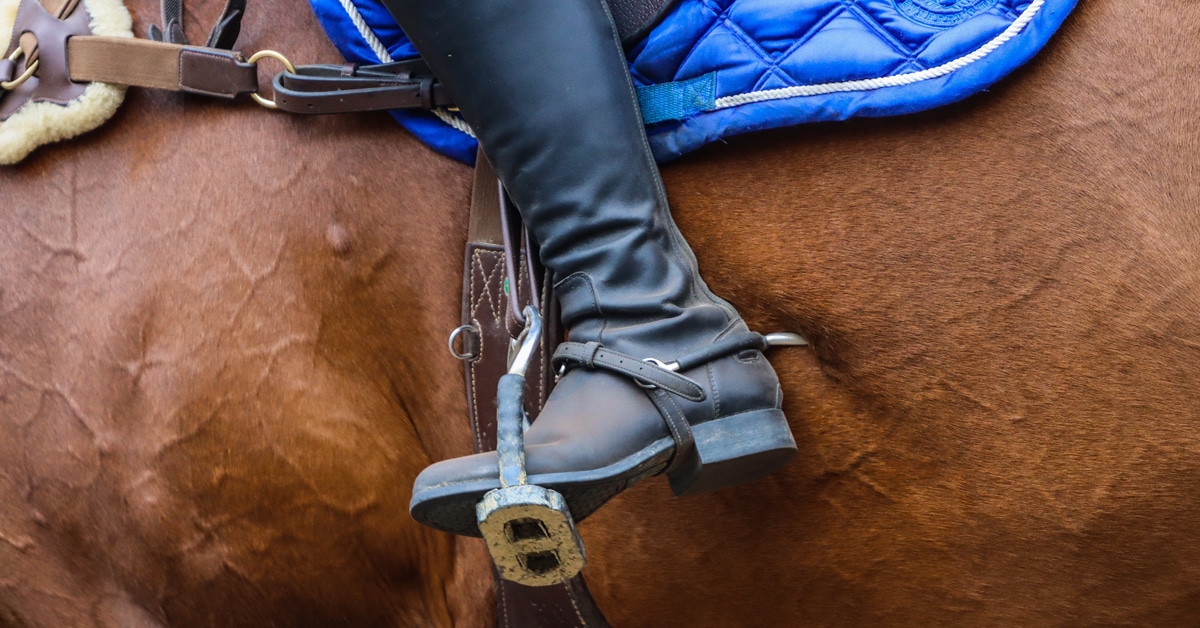When searching for a top dressage prospect, what should you look for? While there are never any guarantees with horses, Chris von Martels has some very specific criteria he keeps in mind when evaluating whether a prospect might be suitable for a career at the sport’s highest levels.
The individual bronze medallist and part of Canada’s silver medal-winning team at the 2015 Pan Am Games in Toronto, Chris, who was originally based in Ridgetown, Ontario, divides his time between training bases in Wellington, Florida, and the Netherlands. For the past several years he has focused on selecting and developing a number of elite dressage prospects, and agreed to share some of his tips.
“When looking for potential top horses, I focus on three very important criteria: quality, character, and conformation,” he says. “All three of these factors are extremely important when selecting prospects who we hope will be competitive at the highest level. I never limit my search to young horses only; my philosophy is to try to find the very best-quality horse we can at any given age or stage of training – whether that turns out to be a foal or an already proven grand prix horse.”
Evaluating Quality
For Chris, the key to evaluating quality lies in evaluating the basic gaits. He looks for horses that have three very expressive, elastic gaits with good natural balance and rhythm in all three paces. Even in very young or green horses, he likes to see an ease of adjustability – a horse which can go easily forward and collect again. The horse should move and ride the same in both directions without a significant difference between left and right.
Assessing Character
Character is extremely important with every horse, regardless of age, level of training, or experience. Horses must have the desire to want to work. They must have a good amount of energy and they must have the ability to stay focused. Chris cautions, however, that some of the best horses can present as difficult due to their history, or at certain stages in the training process. It’s important that these horses be trained and managed properly by a skilled rider who can create a happy and productive working experience for them.
Conformation Counts
Of course, how the horse is put together is very important in assessing suitability to be an elite dressage athlete. Chris chooses horses built with an uphill tendency, with a good balance of height and length through the body. He’s a big believer in the old adage “No hoof, no horse,” and he looks for prospects that have solid, equal feet without much variation between left and right.
Tailored Training
“As any horse person knows, it’s extremely difficult to guarantee a horse will become an international star,” Chris acknowledges. “When you start with a great quality horse with good conformation and a good character, you are beginning in the right direction; however the elements of training and upbringing are equally, if not more important in determining whether or not the horse will amount to something.”
The quality of horse care and stable management is of primary importance to every member of the von Martels dressage team, comprised of talented riders, veterinarians, farriers, physiotherapists, and grooms. While his horses are all treated as the high-level athletes they are, Chris believes that even Olympic-level horses need time in their natural environments and variety in their training routines to stay strong, happy, and healthy.
“Typically our horses are ridden five to six times a week. Two to three of those days are usually heavy training and the other two or three days are easier work on the racetrack, or hacking, or cavaletti exercises, or perhaps on the water treadmill,” he explains. “Most of our horses have outdoor turnout except for the occasional ones who don’t enjoy it. For me, the most important thing is to stay very consistent and to create an individual training program for each horse which allows them to improve both physically and mentally, depending on their stage and age.
“It’s very difficult to make a true general training process for each horse at one specific age because there are so many different variables,” he continues.” Some horses develop very quickly, even at a young age, and some horses require a lot more time due to their personality, size, conformation, and previous history. I believe the very most important thing is that you pay attention to what your horse is saying to you and don’t over-push them beyond what they are able to do in that moment in time. Horses that have a lot of quality and a lot of athletic ability often progress very quickly and you can find yourself doing far more than you perhaps should because those horses like working and it’s easy for them.
“It’s a good thing to be ambitious, as long as the basics and the foundations of the horse are always priority number one. In the end, each horse is an individual and you can have one six-year-old horse who presents as a completely trained horse, while another six-year-old can be completely green.”
Show Ring Mileage
Whether in Europe during the summer or in Florida over the winter months, Chris aims to keep each horse’s training and management practices consistent. For most of the prospects he works with, even the young horses, competitions are a key part of the development process.
“I believe that it’s good for horses to start going to shows when they are young. They need competition experience in order to develop mentally and learn how to become a performer,” he says. “The environment that a horse experiences in daily training at their home stable is entirely different from the environment that they experience at a show. A lot of horses need to learn that competitions are places where they can be confident and give their very best without being distracted or nervous. This isn’t a goal which can be achieved overnight. As with every part of developing a top prospect, it requires a knowledgeable and skilled rider and trainer, plenty of patience, and lots of miles.”
The Latest
